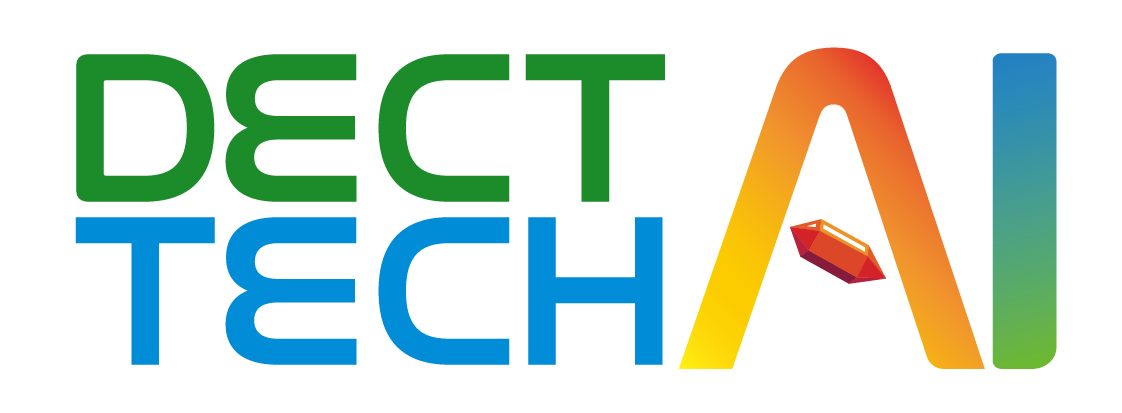Disclaimer: Due to time constraints, this course primarily focuses on lectures with limited hands-on practice opportunities. The full scope of the stated course content may not be delivered in its entirety. Additionally, the tutor and course content are subject to change without prior notice. We appreciate your understanding and flexibility.
#4
The Future of Animation: AI Tools and Open-Source Software

Course Objectives
To introduce participants to key AI applications in the animation pipeline, focusing on concept development, 3D modeling, and visual effects.
Course Contents
- Introduction to AI in Animation (15 mins)
- Overview of AI applications in animation
- Current trends and future prospects
- AI-Assisted Concept Development (20 mins)
- AI for idea generation and visual brainstorming
- Text-to-image AI tools for rapid prototyping
- 3D Modeling and Texturing with AI (25 mins)
- AI-driven topology optimization in Blender
- AI-powered texture generation in Krita
- AI in Animation and Visual Effects (20 mins)
- Machine learning for character movement
- AI in particle systems and fluid simulations
- Integrating AI into Animation Workflows (10 mins)
- Balancing AI assistance with artistic vision
- Best practices for AI-human collaboration
Course Highlights
- Overview of AI's role in revolutionizing animation processes
- Hands-on demonstrations with open-source software
- Discussion on the future of AI in animation
To view this content, please login first.
To view this content, please login first.
Course Tutor Introduction

Stanley Yuen
Senior post-producer in the Hong Kong film industry
Stanley Yuen is a veteran production artist and instructor and has more than 24 years of experience in the Hong Kong film production industry. Mr. Yuen commands deep knowledge in animation, CG production, and film post-production, and is proficient in professional software such as Maya, Softimage, Alias, and Wavefront Explore.
Mr. Yuen has participated in the production of many international movies and TV series, including China's first CG movie "Thru the Moebius Strip", "Dearest Anima", "Return of the Cuckoo", "Heaven in the Dark", "The Menu", "A Simple Life", "Conspirators", "Curse of the Golden Flower", "CJ7″, and "Just Another Pandora's Box".





